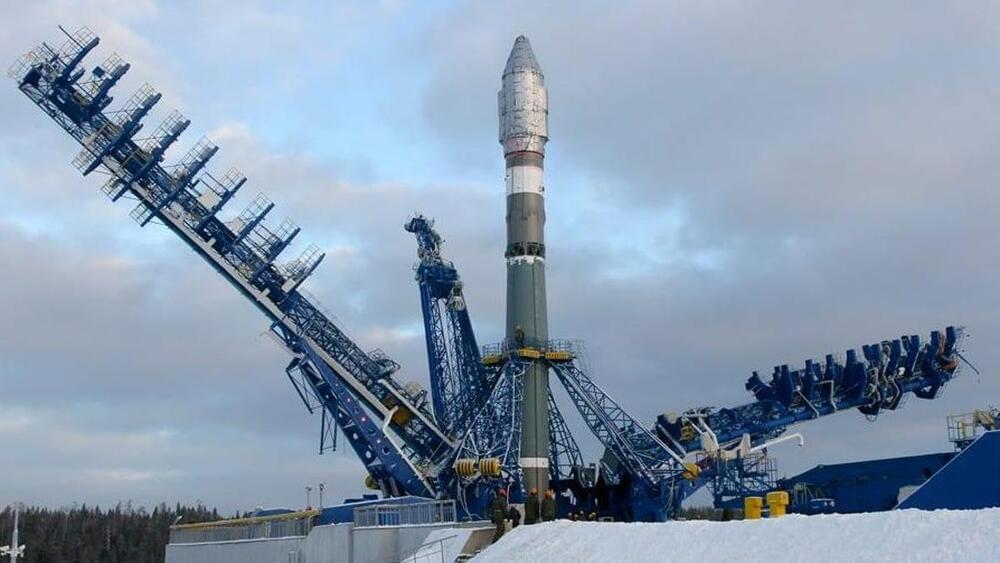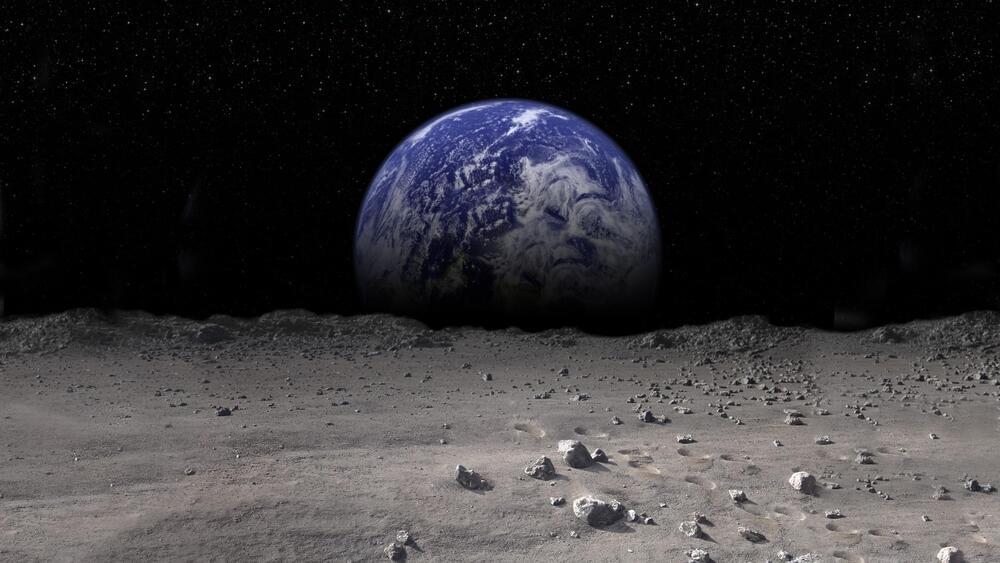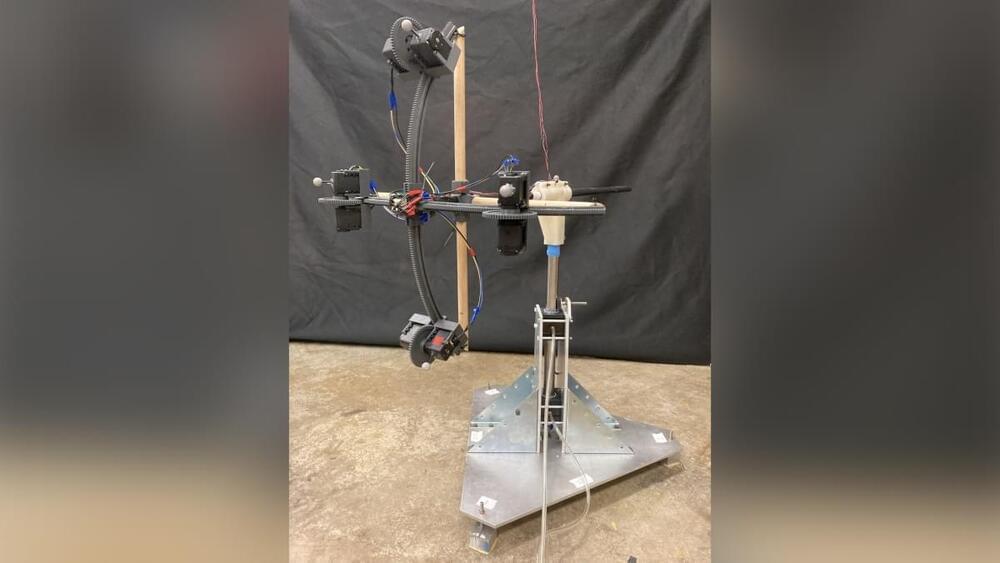The head of U.S. Space Command condemned the launch of the Russian satellite, describing the move as “irresponsible.”


US shocked: china tests MOST DANGEROUS military weapon.
China’s FOBS can go around the planet at hypersonic speeds to wipe out entire cities — and the United States is very worried. FOBS stands for Fractional Orbital Bombardment System — a weapon that goes into orbit and deorbits at the right time to deal maximum damage to targets, making even the most advanced missile-defense systems almost useless. This is no casual, baseless project. The US Military has reason to believe the FOBS was designed to be used against them and they’re not about to be silent about it. In this video, we shed light on this punch-for-punch dangerous arms race going on between two of the world’s most powerful nations.
🔵———THUMBNAIL — JUST ILLUSTRATION——–🔵
💙 Subscribe to get the latest updates:
For More Videos :
1 — Japanese Reborn YF-23 Will Make China and Russia Panic.
2 — US Shocked: China Tests MOST DANGEROUS Military Weapon.
https://youtu.be/eGiYNExDk3s.
3 — NASA Builds Impossible Light Speed Engine To Break Laws Of Physics.
https://youtu.be/fFex12IJGbk.
©️ COPYRIGHT / LICENSING


The biggest Internet service providers and their trade groups spent $234.7 million on lobbying and political donations during the most recent two-year congressional cycle, according to a report released yesterday. The ISPs and their trade groups lobbied against strict net neutrality rules and on various other telecom and broadband regulatory legislation, said the report written by advocacy group Common Cause.
Of the $234.7 million spent in 2019 and 2020, political contributions and expenditures accounted for $45.6 million. The rest of it went to lobbying expenditures.
Comcast led the way with $43 million in lobbying and political contributions and expenditures combined during the 2019–2020 cycle, the report said. The highest-spending ISPs after Comcast were AT&T with $36.4 million, Verizon with $24.8 million, Charter with $24.4 million, and T-Mobile with $21.5 million. “The dollar amounts are shocking,” the report said. “In total, these corporations spent more than $234 million on lobbying and federal elections during the 116th Congress—an average of more than $320,000 a day, seven days a week!”
…and yes SpaceX/Starlink is on the list just about Everyone is.
My Favorite site for transparency, however is opensecrets.
FCC lobbying https://www.opensecrets.org/federal-lobbying/agencies/summary?id=053
The latest image from the ESO’s Very Large Telescope reveals a distant galaxy that is full of freshly created and highly energetic stars.
ESO has just released a new image of a distant galaxy full of baby stars.
The image is, frankly, breathtaking.
They have to glean more information on how stars actually form.
In a new image released by the European Southern Observatory (ESO), an extraordinarily high rate of star formation has been caught on camera by the Very Large Telescope. The baby stars, according to the ESO, are produced by dazzling, golden swirling clouds of gas, which are all shown in the stunning new image.
Full Story:
Circa 2010 face_with_colon_three
http://www.ted.com Stephen Wolfram, creator of Mathematica, talks about his quest to make all knowledge computational — able to be searched, processed and manipulated. His new search engine, Wolfram Alpha, has no lesser goal than to model and explain the physics underlying the universe.
TEDTalks is a daily video podcast of the best talks and performances from the TED Conference, where the world’s leading thinkers and doers give the talk of their lives in 18 minutes. Featured speakers have included Al Gore on climate change, Philippe Starck on design, Jill Bolte Taylor on observing her own stroke, Nicholas Negroponte on One Laptop per Child, Jane Goodall on chimpanzees, Bill Gates on malaria and mosquitoes, Pattie Maes on the “Sixth Sense” wearable tech, and “Lost” producer JJ Abrams on the allure of mystery. TED stands for Technology, Entertainment, Design, and TEDTalks cover these topics as well as science, business, development and the arts. Closed captions and translated subtitles in a variety of languages are now available on TED.com, at http://www.ted.com/translate. Watch a highlight reel of the Top 10 TEDTalks at http://www.ted.com/index.php/talks/top10

A potentially better way to make oxygen for astronauts in space using magnetism has been proposed by an international team of scientists, including a University of Warwick chemist.
The conclusion is from new research on magnetic phase separation in microgravity published in npj Microgravity by researchers from the University of Warwick in the United Kingdom, University of Colorado Boulder and Freie Universität Berlin in Germany.
Keeping astronauts breathing aboard the International Space Station and other space vehicles is a complicated and costly process. As humans plan future missions to the Moon or Mars better technology will be needed.

This is the first definitive proof that the Moon inherited indigenous noble gases from the Earth’s mantle.
The Moon has long been a source of fascination for humans. The discovery is an essential piece of the puzzle in understanding how the Moon was formed. ‘Tom Dooley’ is the only instrument in the world capable of detecting such low helium and neon concentrations. A new study has found that Moon inherited the indigenous noble gases of helium and neon from Earth’s mantle.
Researchers from Eidgenössische Technische Hochschule (ETH), Swiss Federal Institute of Technology Zurich, discovered the first definitive proof that the Moon inherited indigenous noble gases from the Earth’s mantle, according to a study published in the journal Science Advances on Wednesday.
“Finding solar gases, for the first time, in basaltic materials from the Moon that are unrelated to any exposure on the lunar surface was such an exciting result,” said Cosmochemist Patrizia Will, study lead researcher at the Washington University, St. Louis.
The Moon has long been a source of fascination for humans. However, it was not until Galileo’s time that scientists began to investigate it seriously.
Over the course of nearly five centuries, scientists proposed numerous, heavily debated theories about how the Moon formed.
Now, a team of geochemists, cosmochemists, and petrologists has shed new light on the Moon’s origin story.

One of the most beautiful and spectacular parts of the night sky is the Orion constellation.
Herbig-Haro object HH 505 is around 1,000 light-years from the Earth. HH objects are bright patches of nebulosity associated with newborn stars. The photograph was created with 520 ACS images in five different colors to get the sharpest view ever. The Hubble telescope has taken a new magical image of the Orion Nebula.
One of the most beautiful and spectacular parts of the night sky is the Orion constellation. The Orion Nebula is one of the Milky Way’s most studied and photographed objects and a nest of material where young stars are being formed. Alnitak, Saif, and Rigel are floating in a large, dense cloud of interstellar dust and gas between the stars.
“This celestial cloudscape captured the colorful region surrounding the Herbig-Haro object HH 505,” read the European Space Agency’s (ESA) official website.
Herbig-Haro (HH) objects are bright patches of nebulosity associated with newborn stars.
The magnificent cloud is a valuable laboratory for studying star formation because of its close vicinity (1,344 light-years from the Sun). Its size and proximity, which spans 24 light-years, make it visible to the naked eyes, reported ScienceAlert on Sunday.
“This observation was also part of a spellbinding Hubble mosaic of the Orion Nebula, which combined 520 ACS images in five different colors to create the sharpest view ever taken of the region,” ESA documented.

Functioning in curved space, the robot heralds new space locomotive technology possibilities without the use of propellants.
A robot engineered at Georgia Institute of Technology (Georgia Tech) has done the unthinkable and flouted a steadfast law of motion, suggesting that new laws need to be defined. Such new principles may have applications in new forms of locomotion without propellants.
We’ve all seen the hilarious slapstick gag where the unwitting individual steps on a banana peel, landing comically on their rump. It may not seem like it, but the quip relies on the fact that human locomotion, like all locomotion, is based on Newton’s third law of motion.
Newton’s third law states that for every action there is an equal and opposite reaction. So, when a human takes a step, we push against the Earth and the Earth pushes back, propelling us forward. But this only works thanks to friction. Without friction (or with minimal friction, for example, when there is a slimy banana peel on the ground) there is no push – we just slide straight over the ground and can’t move forward, falling unceremoniously back to Earth.